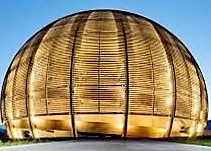Speaker
Description
One of the main goals of modern nuclear physics and astrophysics is to determine the neutron induced reaction cross sections in stars and various astrophysical events such as supernova explosions and neutron star mergers. Modeling the cross sections is essential, since in many cases astrophysically important reactions involve nuclei that are beyond the reach of the most advanced experimental facilities. In this study, (n, α) reaction cross sections are studied for as set o nuclei relevant in modeling weak s-process, in comparison to other neutron-induced reactions with various channels [1]. Model calculations are based on comprehensive nuclear reaction research framework that combines statistical Hauser-Feshbach theory with nuclear properties from advanced theoretical models [3] to calculate the (n, α) and other neutron induced reaction cross sections. Statistical model calculations were made with the TALYS nuclear reaction program [3], with consistent description of nuclear masses and level densities based on Skyrme energy density functional. The Maxwellian averaged cross sections have been calculated and analyzed for the range of temperatures in stellar environment for nuclei contributing in the weak s-process [1]. Model calculations determined astrophysically relevant energy windows in which (n, α) reactions occur in stars and in this way provide a guidance for the priority energy ranges to be measured in the future experimental studies [1]. In order to assess the evolution of (n, α) reactions across the nuclide map, the isotopic dependence of the respective cross sections has been investigated and discussed in several isotope chains [2].
